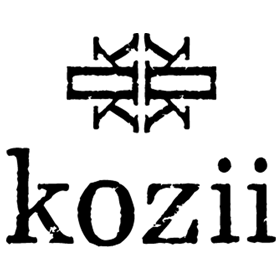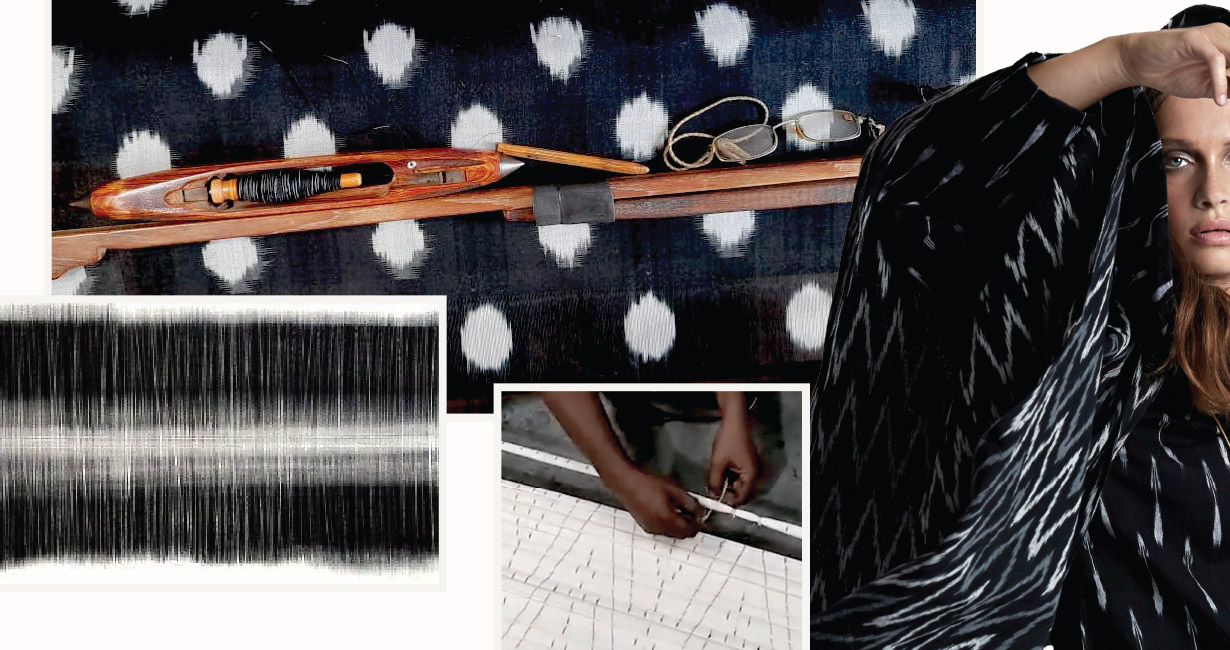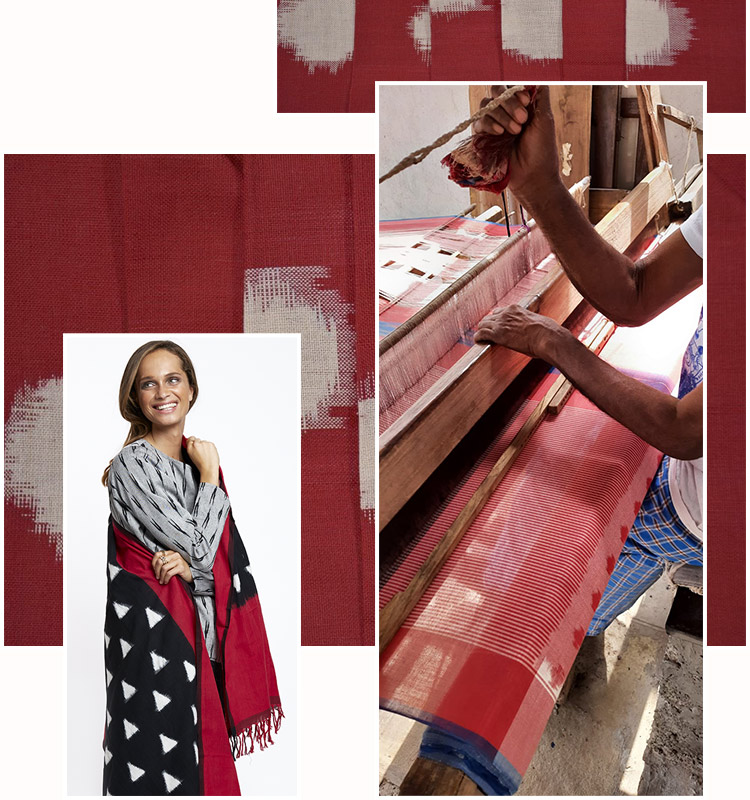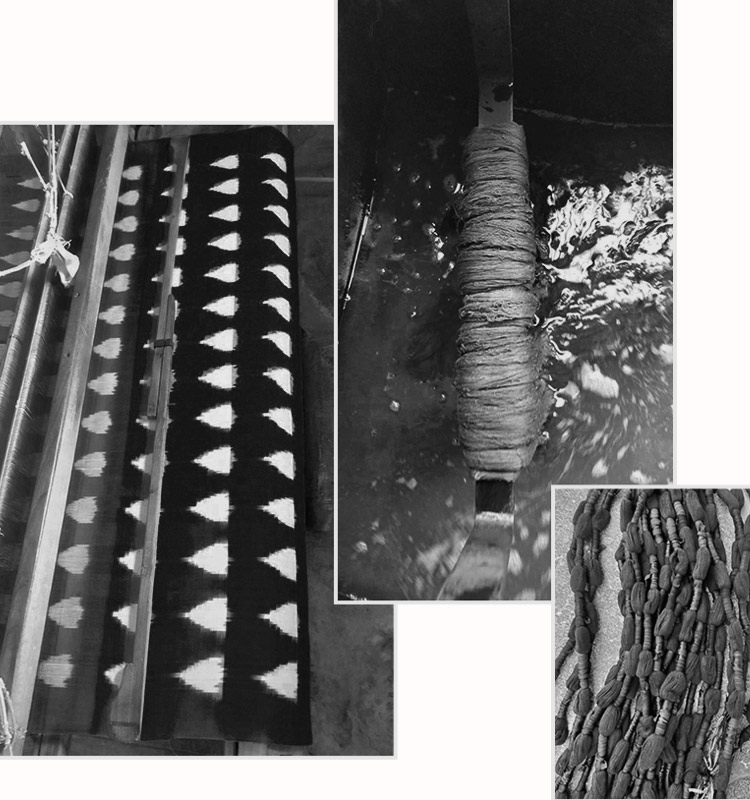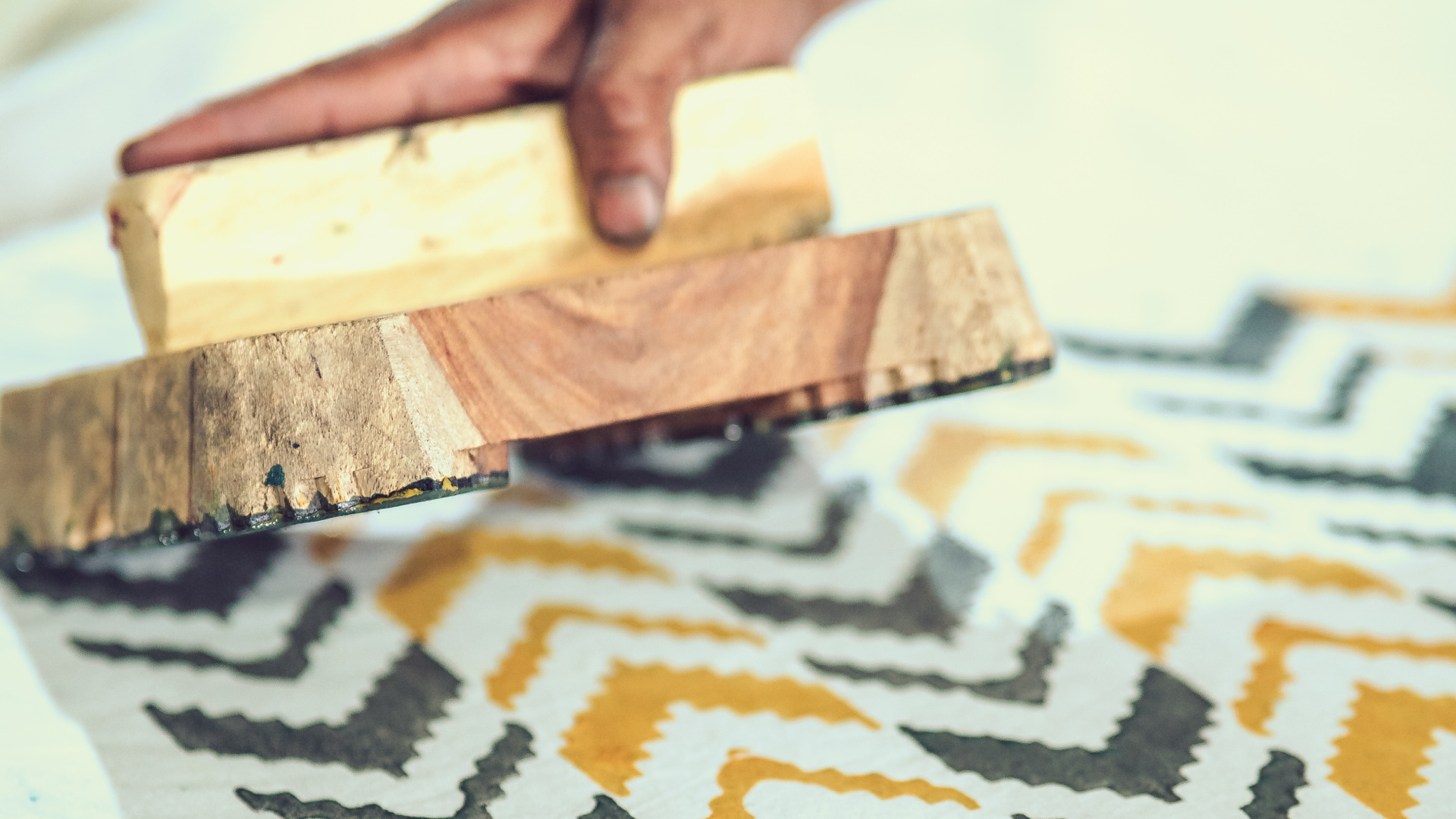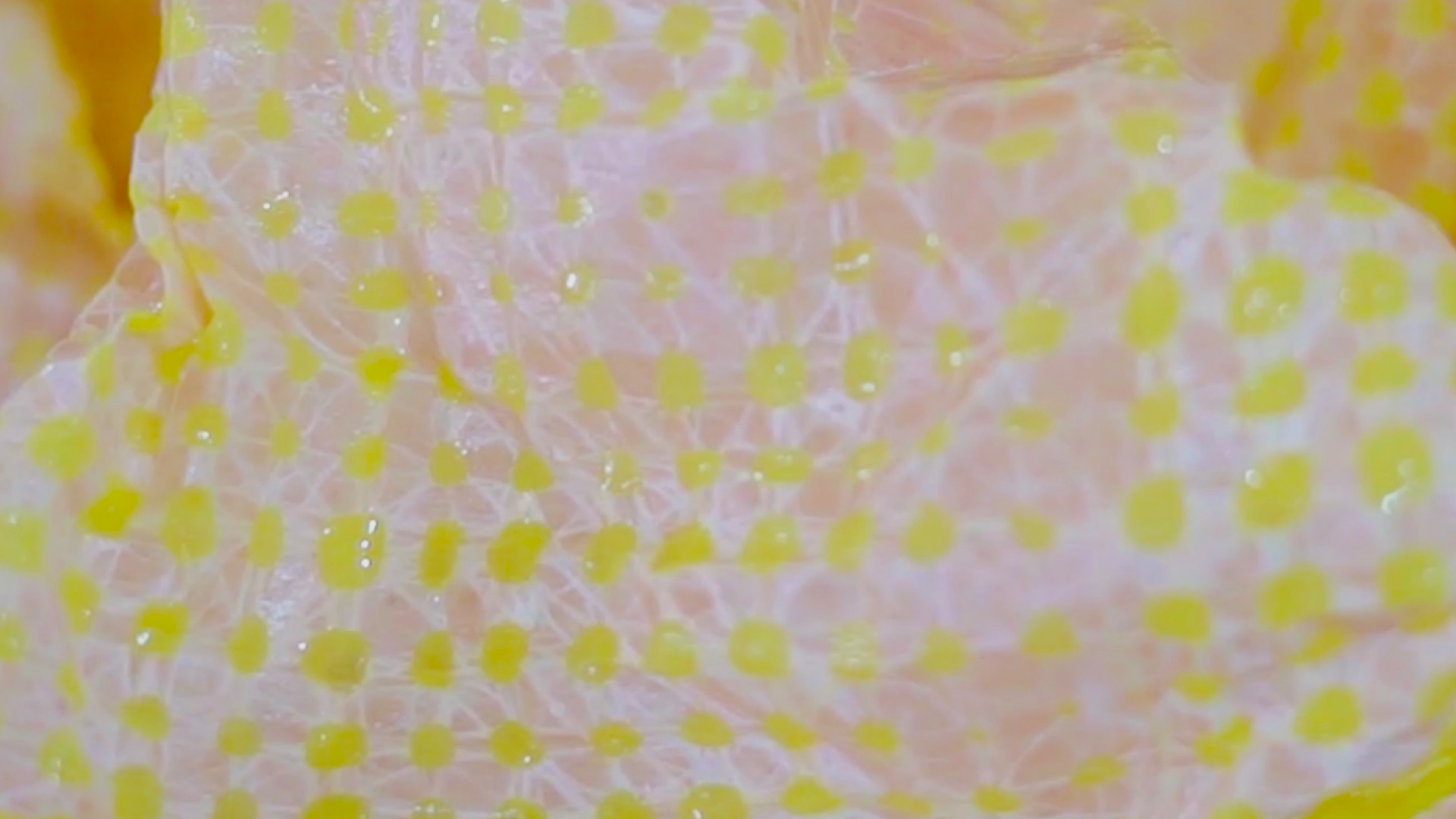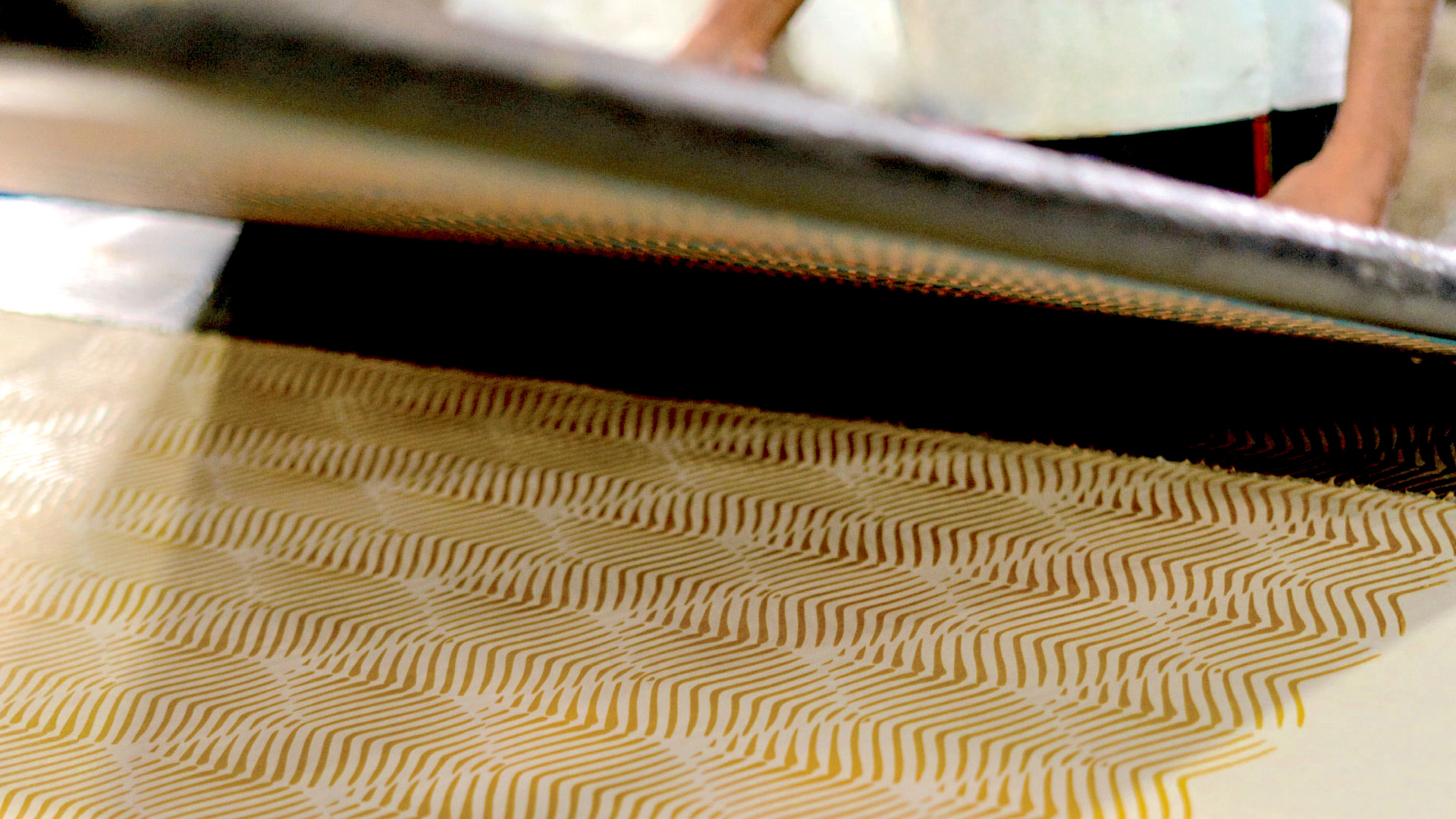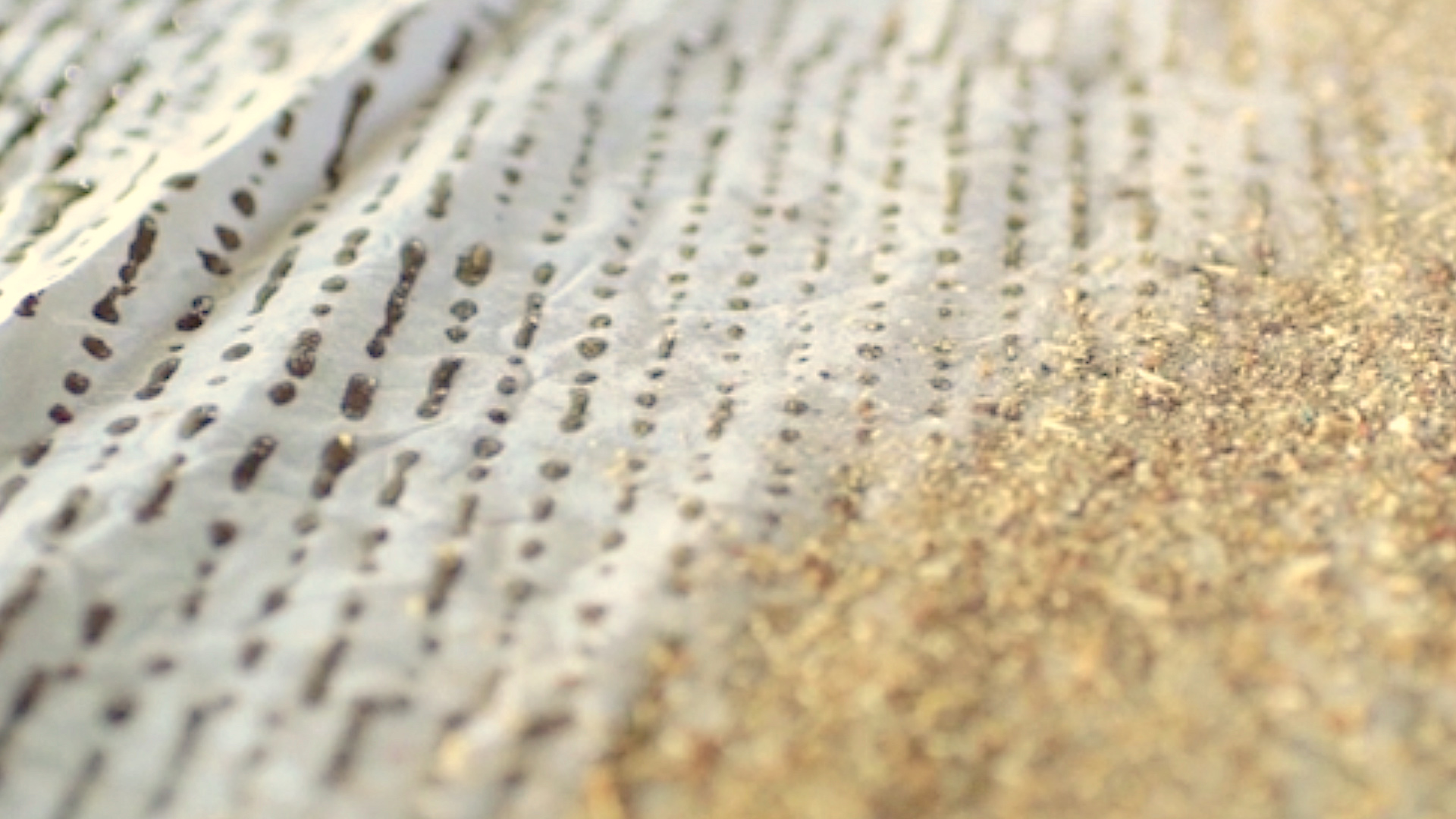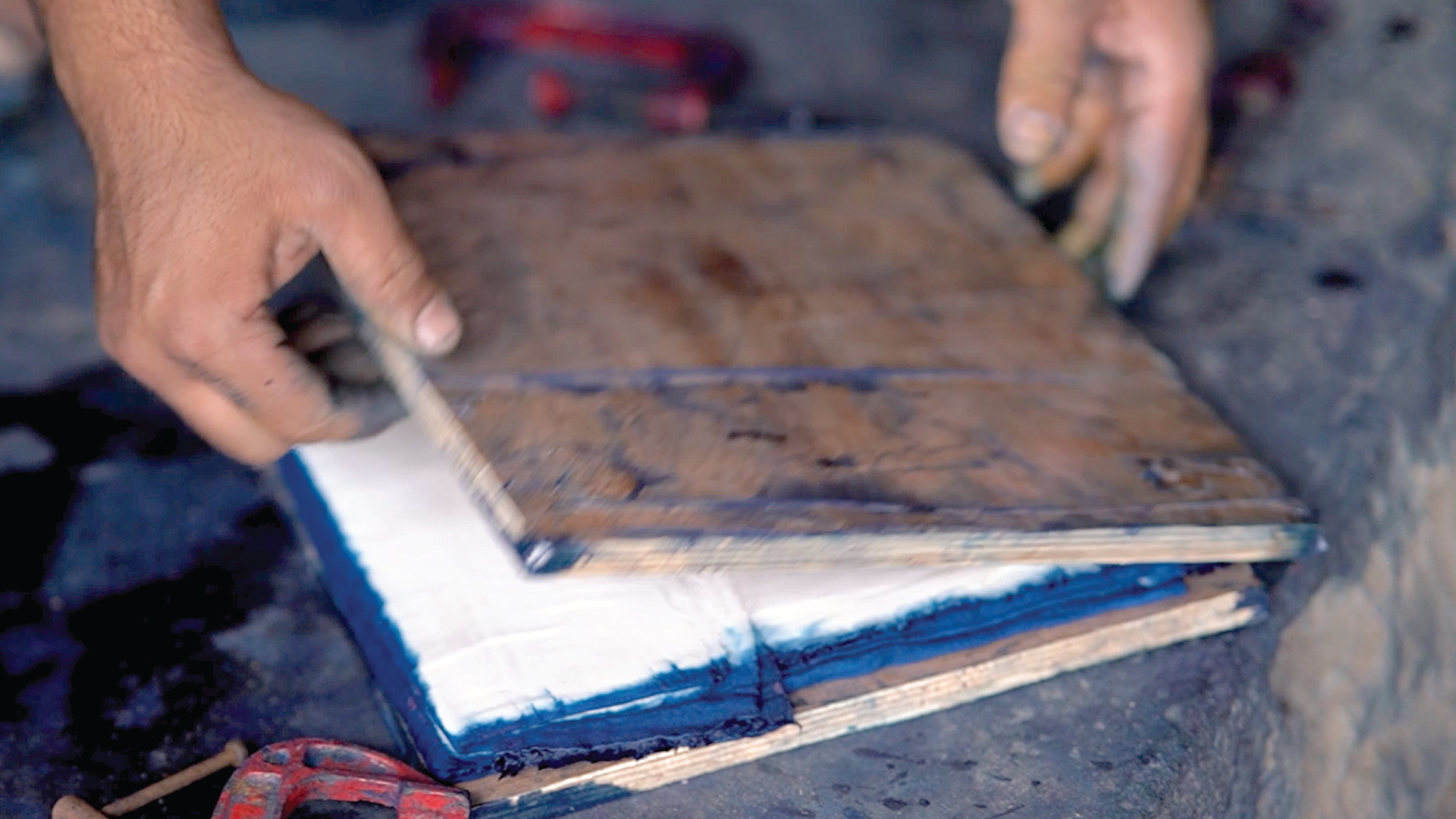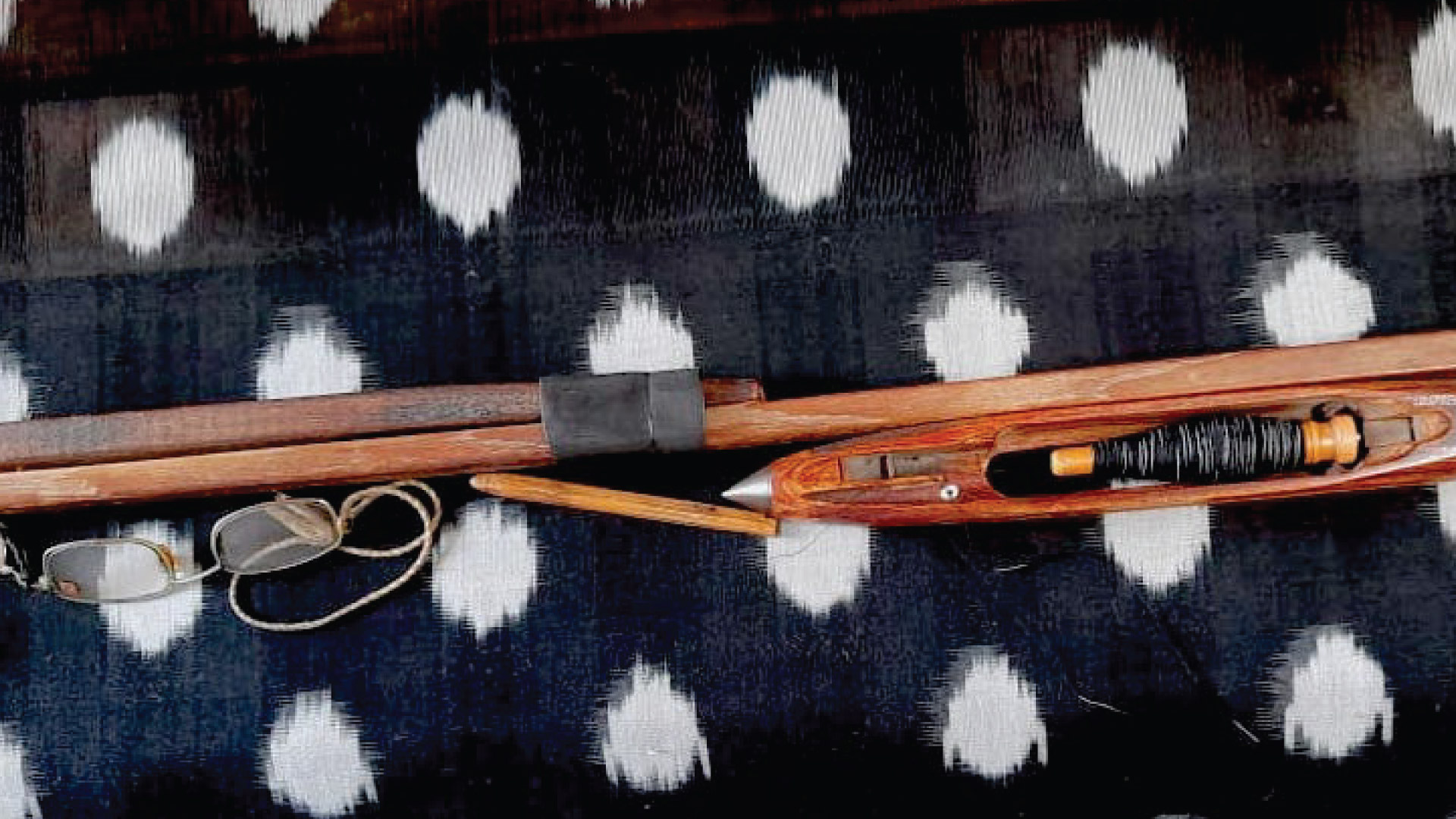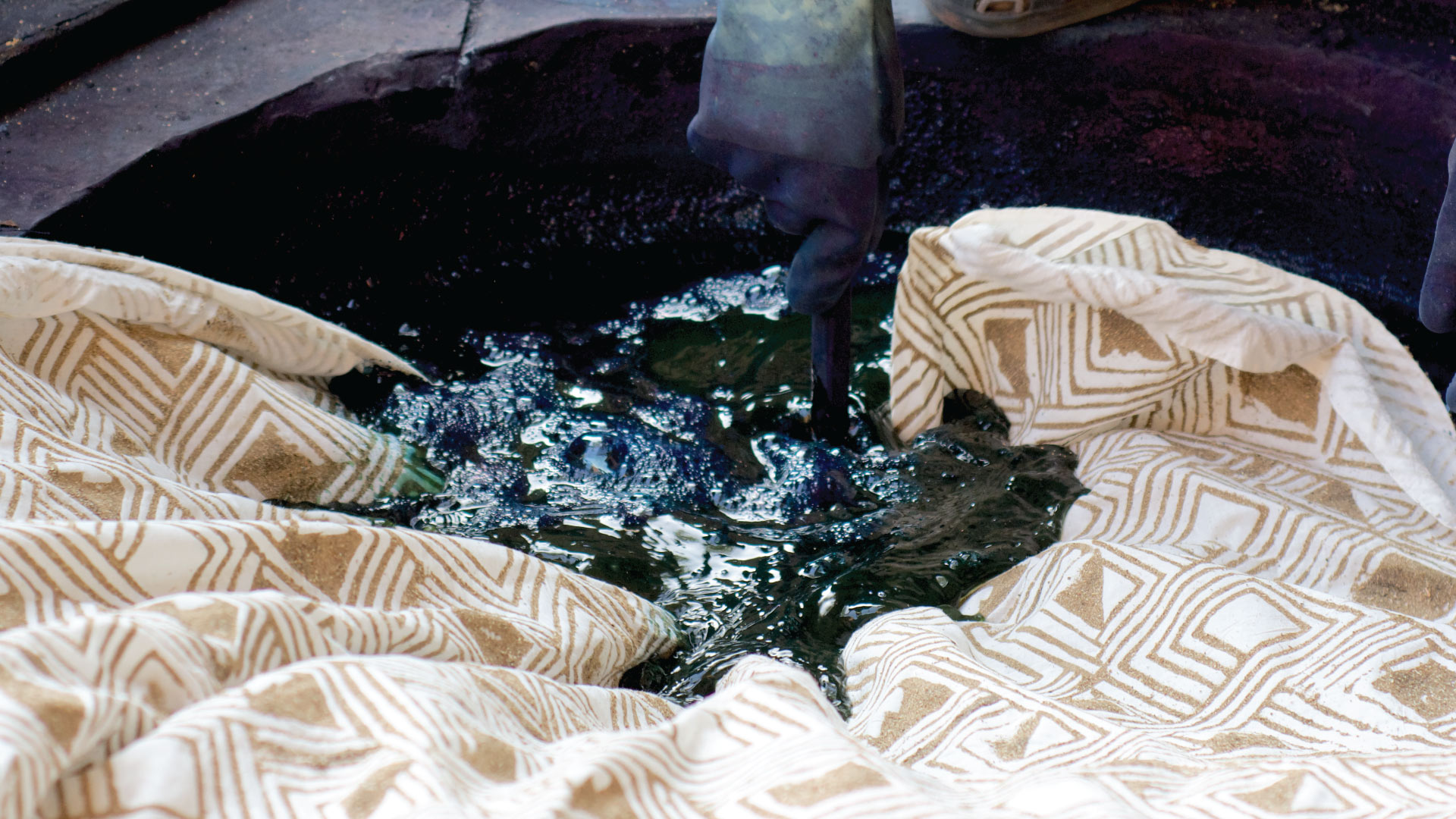A bit about the technique
The technique begins with artisans carefully mapping out the desired pattern on bundles of yarn. These sections are then tightly bound with a resist material—traditionally grass, waxed cotton, or even palm fibers—to shield certain areas from absorbing dye. The threads are dyed in multiple stages, with bindings adjusted or reapplied to create layered hues, resulting in vibrant, multidimensional designs.
The complexity increases when multiple colors are used, requiring careful planning and precision to maintain the intended pattern. Once the dyeing process is complete, the bindings are removed, and the dyed threads are meticulously arranged on a loom.
Unlike printed or embroidered textiles, ikat designs emerge organically during the weaving process, giving the fabric its signature blurred, feathered edges—a hallmark of its authenticity. Weaving ikat requires great skill, as the artisan must carefully align the dyed threads to ensure the motifs take shape as intended.
